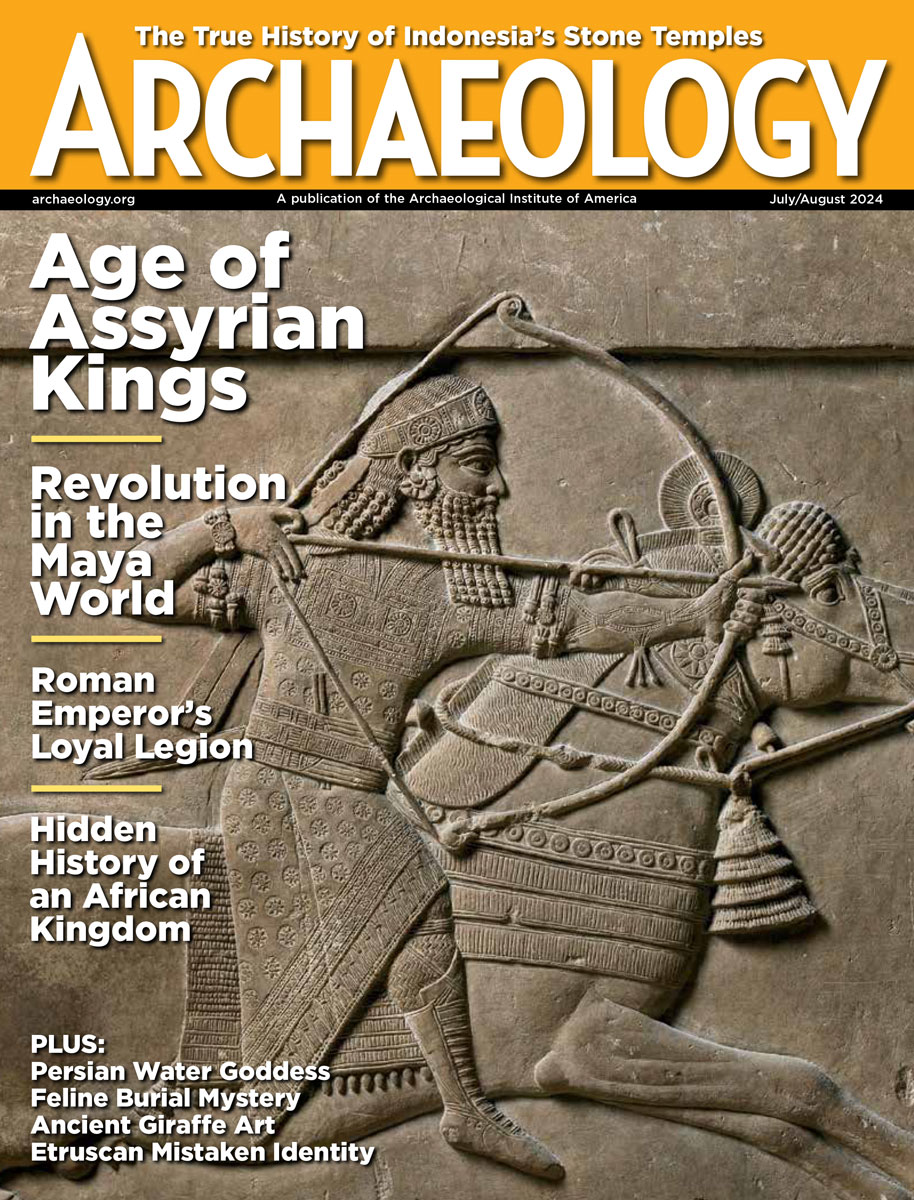Tuesday, January 31
January 31, 2012
Germany has returned artifacts that were looted from Afghanistan’s National Museum  during the civil war of the early 1990s. Tens of thousands of artifacts are still missing.
Last year, France returned 297 royal protocol books to Korea. Now, the National Museum of Korea has made some of them available to view online.
Saxon coins and a silver pin were stolen from a locked cabinet in the Museum of St Albans in St Albans, England. The artifacts had been excavated from the grounds of the St Albans Abbey in 1969.
A large Byzantine cemetery  in Istanbul has been plundered repeatedly since 1995, when excavations by the local Archaeology Museum ended.
In Spain, the skeletal remains of 17 women shot by General Francisco Franco’s forces in 1937 are being exhumed from a mass grave. Known as the “17 Roses,â€Â the women were killed for being related to people who opposed Franco’s regime.
A fourteenth-century stone road has been discovered at the southern gate of Vietnam’s Ho Citadel. The road was probably used by the royal family to travel two kilometers to the Nam Giao worship platform at Don Son Mountain.
The New York Times offers a wrap-up of recent DNA studies into the mixture of modern humans, Neanderthals, and Denisovans. “In a sense, we are a hybrid species,†said Chris Stringer of the Natural History Museum in London.
- Comments Off on Tuesday, January 31
Monday, January 30
January 30, 2012
Germany has returned 45 artifacts to Iraq, including a 6,500-year-old Sumerian gold jar, a Sumerian battle ax, and a stone from an Assyrian palace. The artifacts had been stolen from Iraqi museums in the wake of the U.S.-led invasion of 2003.
A kiln has been uncovered at Mexico’s Atzompa Archaeology Site in Oaxaca. The kiln is more than 1,300 years old and was used by the Zapotec.
Students have been looking for a nineteenth-century gallows at a jail site in Oatlands, Tasmania.
Here’s more information on Dan Sayers’ search for evidence of maroon communities on islands in Virginia’s Great Dismal Swamp. “Every little thing we find is a burst of information,†said the American University archaeologist.
A significant amount of pottery has been unearthed at the Taga Historical Site, which is located on the island of Tinian of the Northern Mariana Islands. Such pottery suggests that people living on the coasts of China, Vietnam, Thailand, and the Philippines migrated to islands in the Pacific between 3,000 to 3,500 years ago, when sea levels dropped.
Protective fencing, surveillance cameras, and a laser-scanning project are some of the measures being put into place to protect Tutuveni, a Hopi rock art site in northern Arizona. “They would stop at Tutuveni and camp there, and they would peck their clan symbols on those rocks to mark their participation in that pilgrimage. And they did this for four or five centuries at least,†explained Wes Bernardini of the University of Redlands.
National Geographic Daily News offers on overview of recent excavations at Scotland’s Ness of Brodgar. “Orkney is one of the keys to understanding the development of Neolithic religion,†said Nick Card of the Orkney Research Centre for Archaeology.
- Comments Off on Monday, January 30









